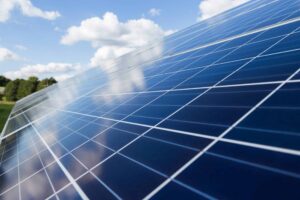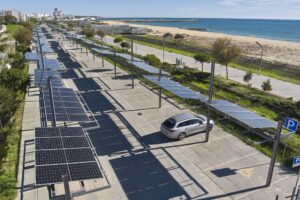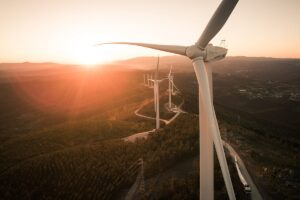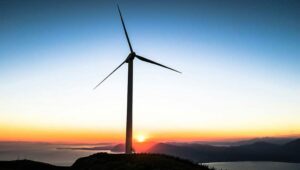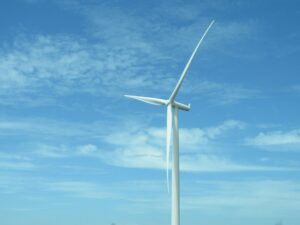By COLIN REID energy@algarveresident.com
Colin Reid is the technical director at the Enova Group and is a chartered engineer specialising in renewable and sustainable energy systems. He has over 20 years experience in the industry and lives with his wife and three children near Almancil.
ENERGY MANAGEMENT is an extremely important part of the mechanical and electrical systems within the home, particularly for heating, air conditioning and solar systems.
Without proper control, these systems can operate inefficiently and not reduce energy and running costs as originally intended.
Energy management in its simplest form involves two main criteria:-
Time control
Temperature Control
Time control – time switches for appliances such as boilers, pumps and lights – the running time for these systems should be carefully set to minimise energy consumption. Another interesting aspect with time control is to run equipment during the night with low rate electricity which costs almost 50 per cent of normal daytime electricity. This works particularly well with underfloor heating and cooling where the system can be run at night on low rate electricity and because the floor slab retains the heat or coolness, the system will continue to run during the day
Temperature control – thermostats for control of heating and cooling – these should be carefully set as variations in set points can reduce energy consumption (lower the temperature set point in winter and raise the set point in summer). More sophisticated control systems can be incorporated for heating and cooling such as compensation and optimisation.
A compensation system automatically varies the water temperature depending on external temperature. An optimiser will vary the start up and shut down periods for the system once again depending on external conditions.
Home automation systems (intelligent houses) are very useful in this respect as one of their many functions is climate control which will automatically perform the above energy saving tasks.
Lighting
Lighting systems are another key issue in saving energy. Again there are two main criteria here:-
ALow energy light fittings
Lighting control systems
Low energy light fittings – these can be split into two main categories: compact fluorescent and LED (light emitting diode). The compact fluorescent fittings are now widely available and not expensive. They use about one quarter of the energy of traditional incandescent light bulbs and last much longer. The quality of light they produce has come a long way over recent years with various shades of white readily available.
The LED fitting is even more spectacular – they use up to one tenth of the energy of normal light bulbs and last for many years. They come in all colours and are very easy to control. They are, however, more expensive than their compact fluorescent counterparts. The other great advantage of low energy light bulbs is that they produce far less heat – this, in turn, means less air conditioning, resulting in further energy savings.
Lighting control systems – in their simplest form these range from movement detectors to switch lights on and off in areas such as corridors and toilets to time switches to bring lights on at certain intervals, particularly when properties are unoccupied. The more sophisticated lighting control systems enable the user to set pre-designed lighting scenes at the touch of a button and more importantly to automatically control lighting levels and thus energy consumption in relation to activities within the home (departure mode, sleep mode and so on).
Next month we look at energy efficiency.
Colin Reid can be contacted by phone on (00351) 282 960 969 or by email at energy@algarveresident.com. To visit the Enova Group website, click on the link to the right of this page.

